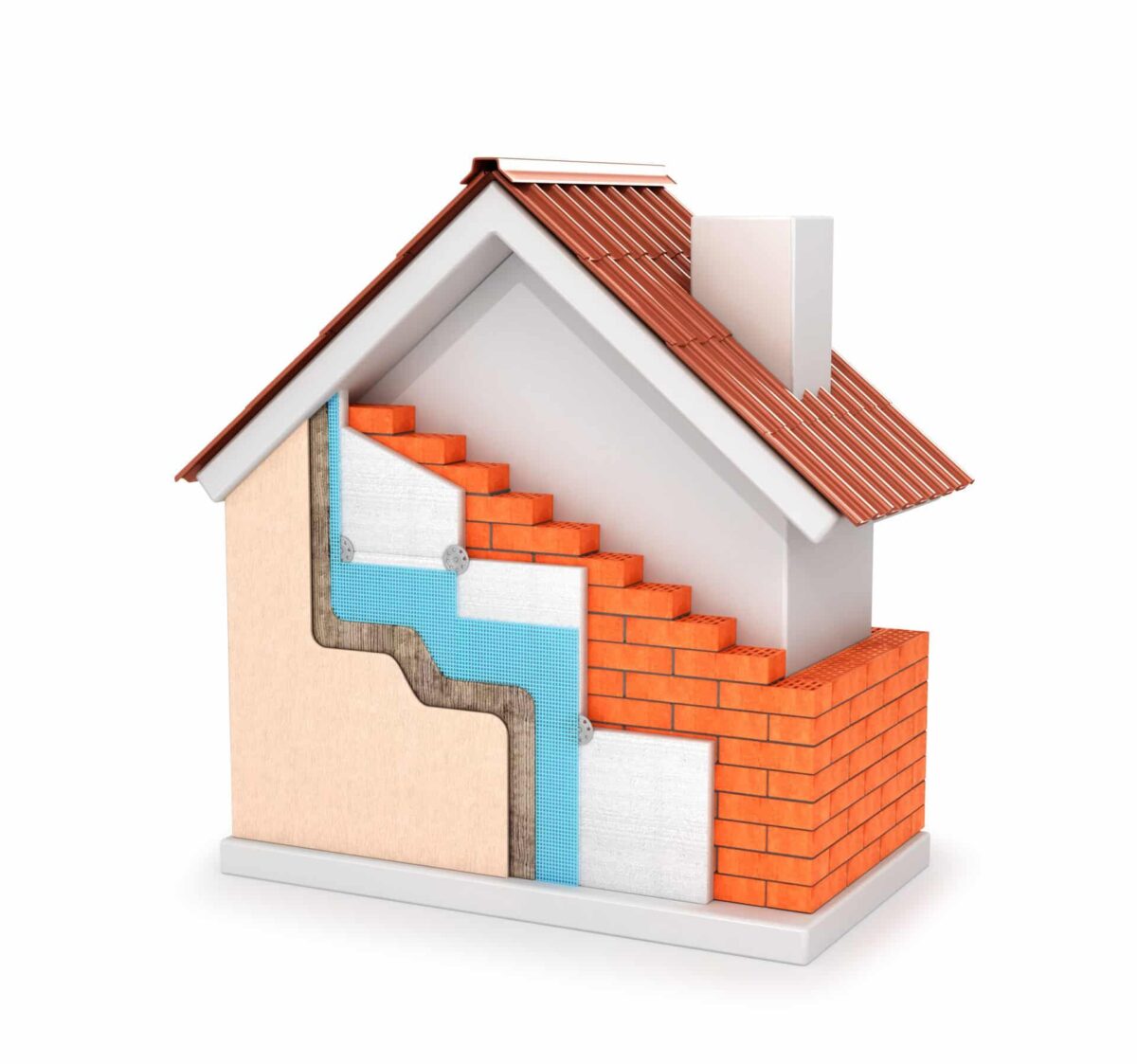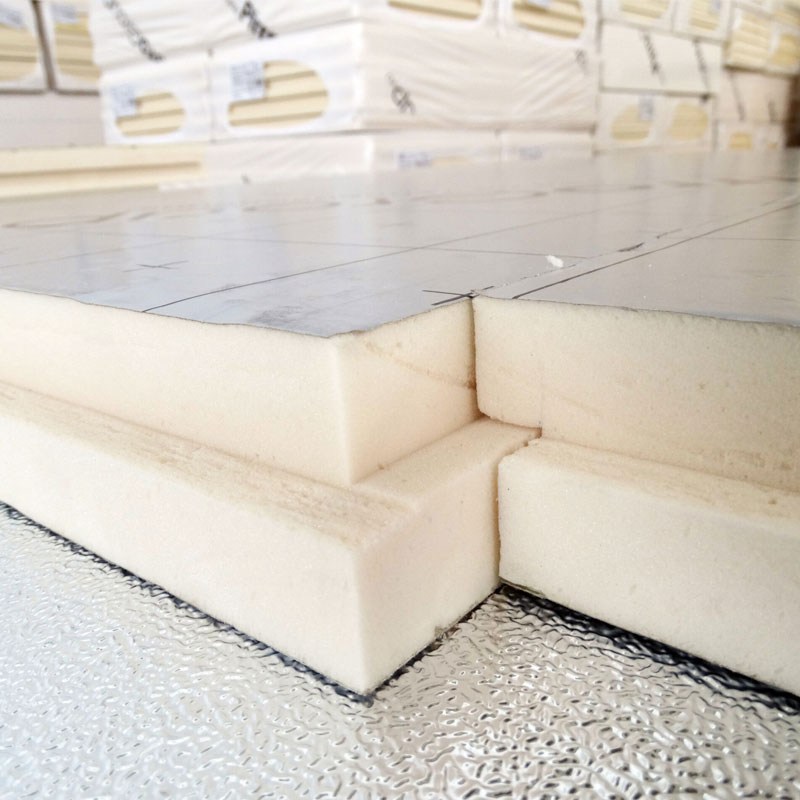How Does Insulation Board Work in a House?
Thermal Insulation is a critical component in building projects, playing a vital role in reducing heat loss and lowering overall heating costs. Different areas of a property lose heat in various ways, and specific types of insulation are tailored to address these needs. In this article, we'll explore how Thermal Insulation Board functions throughout a building and highlight its importance in construction projects.
How Does Heat Move?
Heat, at its core, is energy that moves through space in waves, affecting all matter it encounters. This energy transfers through three primary methods: convection, conduction, and radiation. Heat naturally moves from hot to cold areas, seeking out cooler spaces in a building.
Convection:
This occurs when heat energy moves through a free-flowing liquid or gas. For example, as water boils in a kettle, heated molecules expand and move, carrying the heat energy with them.
Conduction:
This is the transfer of heat between two molecules via direct contact, occurring in solids, liquids, and gases. An example is heating one side of a metal rod, which leads to heat conduction along its length.
Radiation:
Heat transfer through electromagnetic waves doesn't require any matter to move. The heat energy from the sun is a prime example of radiation.
In a home, all three types of heat movement can occur. Heat energy escapes through solid walls via conduction, transferring from the building's interior to the colder exterior. Air currents, such as those through open windows or poorly sealed doors, cause convection-based heat loss. Radiation heat loss primarily occurs through windows.
How Thermal Insulation Board Works?
Thermal Insulation Board (such as PIR/PU Insulation Board and Phenolic Foam Board) aims to reduce the ease of heat transfer by creating a barrier within or on top of surfaces. This barrier can reflect radiation or decrease convection and conduction potential. Thermal Insulation Boards are designed to limit or slow down heat transfer, keeping it within a building. Materials with a low conduction rate are commonly used. Insulation Materials also consider factors such as moisture risk, fire prevention, and acoustic insulation needs, leading to specific products for different building areas. For example, loose-fill insulation is ideal for cavity walls, while insulation boards are perfect for attics. Using insulation increases a building's energy efficiency by minimizing heat loss.
The Role of PIR Foam Insulation Boards
Insulation boards, especially PIR Foam Boards, are highly effective in thermal insulation. PIR Insulation Board offers excellent thermal performance due to their low thermal conductivity, making them ideal for use in various parts of a building. These boards provide robust insulation, reducing heat transfer through walls, roofs, and floors. Their versatility and efficiency make them a popular choice in modern construction projects.




